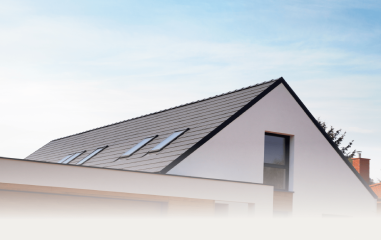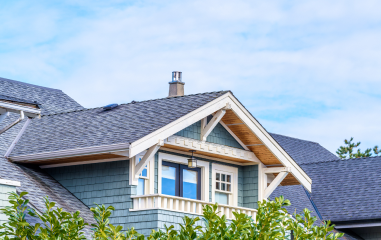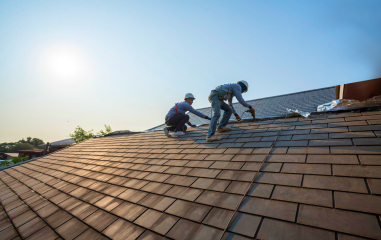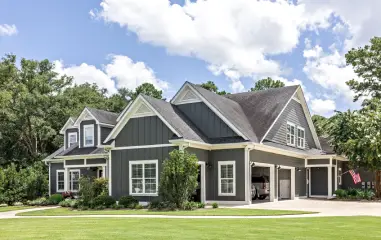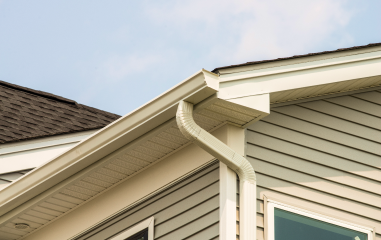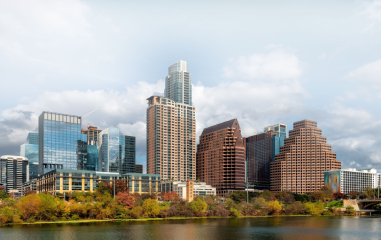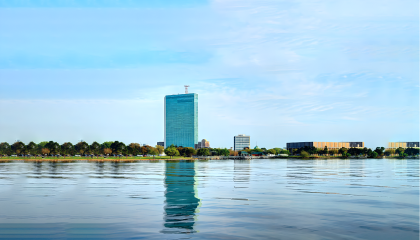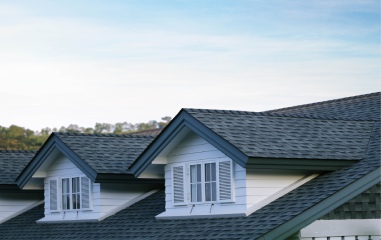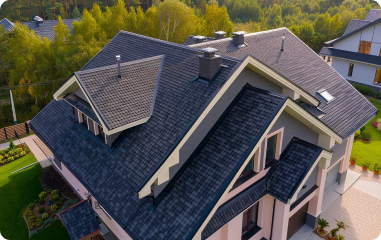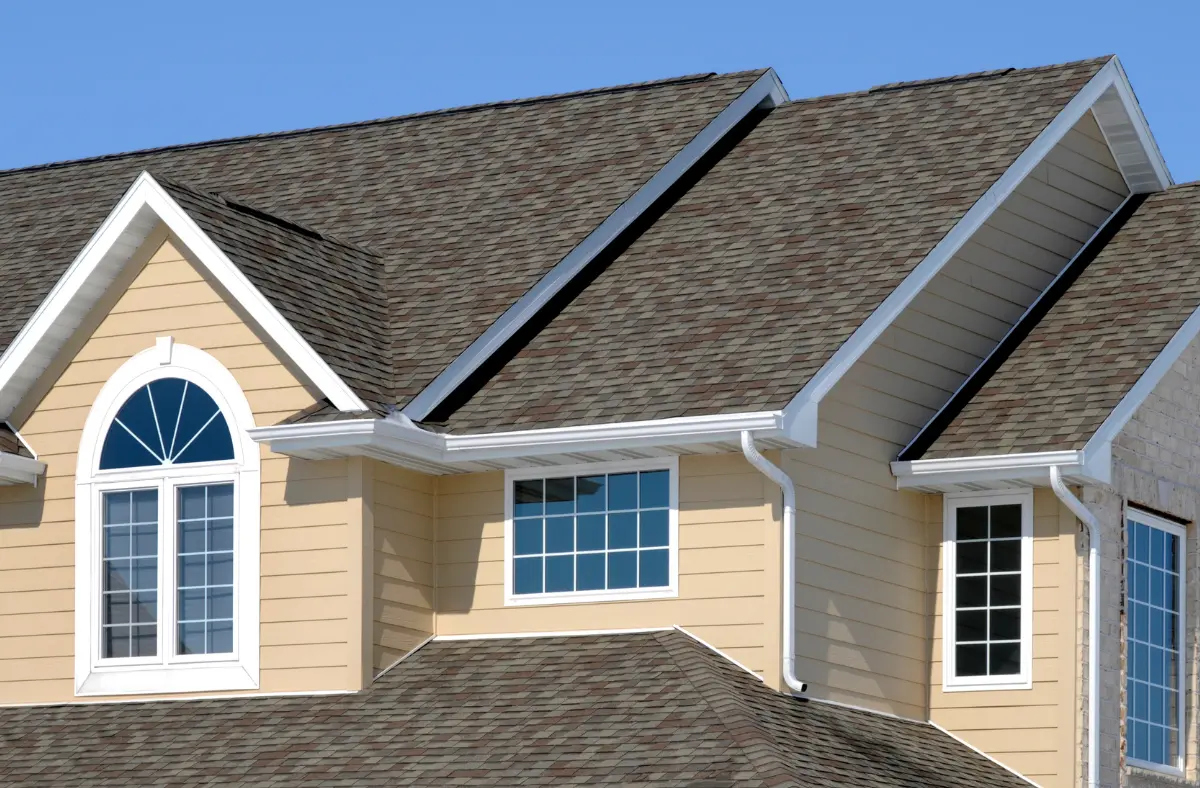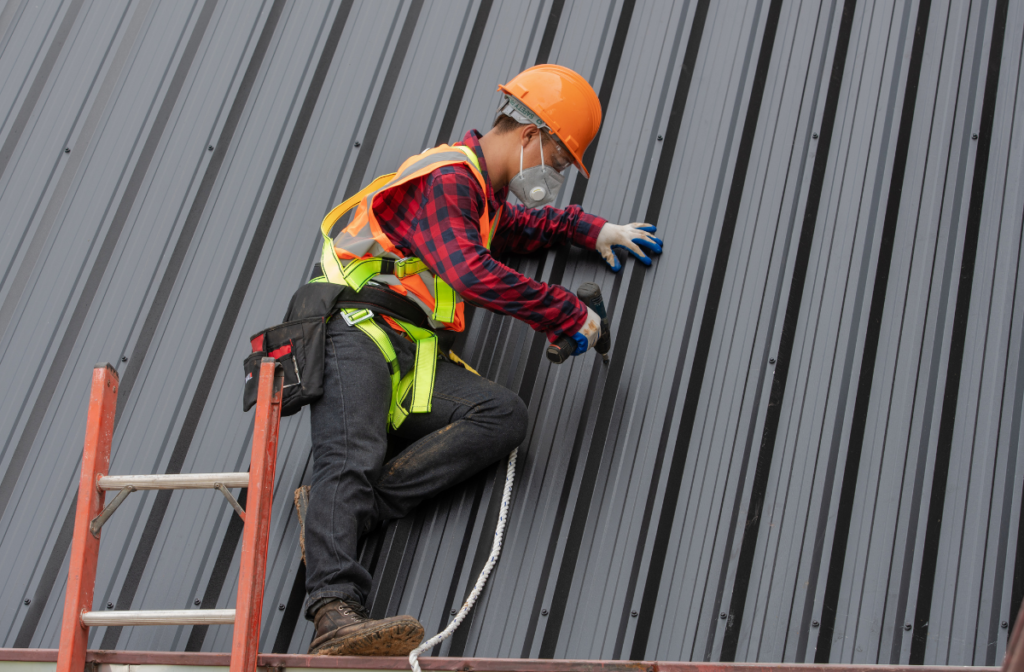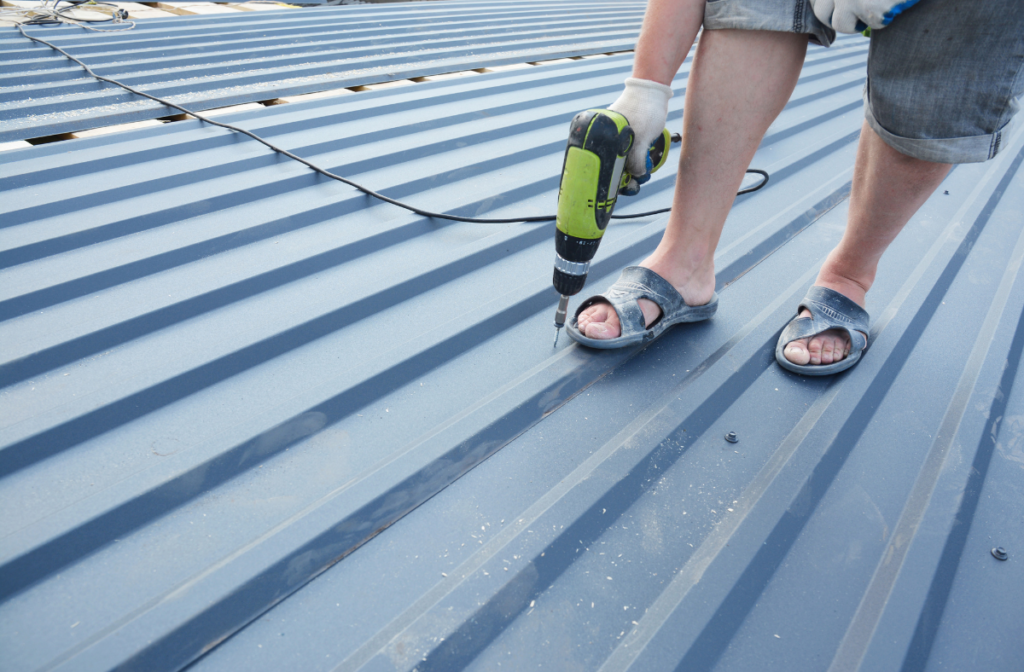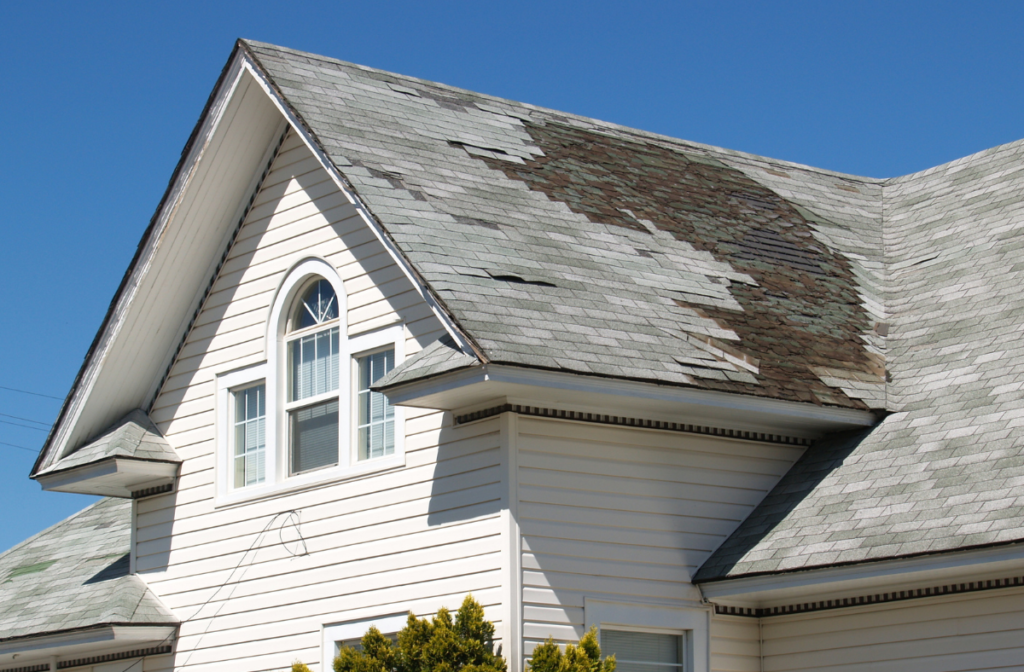Over time, even the highest-quality exterior siding starts to show signs of wear. Cracks, fading, warping, and moisture damage aren’t just cosmetic issues. They can lead to bigger problems like water infiltration, mold growth, and rising energy bills.
If you’re starting to notice these issues, it might be time to replace your siding on your house. But what exactly does that process look like? What does it cost? How do you choose the right materials? And what should you expect every step of the way?
This guide will walk you through the process of replacing siding on your house. From spotting the early warning signs to choosing the right materials for your home, understanding the costs involved, and working with a professional siding contractor, you’ll have a clear picture of what to expect from start to finish.
Table of Contents
Signs It’s Time to Replace Your Siding
There are some tell-tale signs that it’s time to replace your siding. Here’s what you need to look for:
Visual Damage
If you notice significant visible damage to your siding, such as cracks, warping, rot, or holes, it’s a clear indicator that it needs to be replaced. These aren’t minor issues you can ignore. These damages can lead to further deterioration of your siding and possibly even the structure of your home.
Moisture Problems
Moisture problems can wreak havoc on your home, weakening its structure and leading to mold and mildew growth. If you see bubbling, blistering, rot, mold, mildew, or fungus growth, it can be a sign that your siding is not doing its job and letting water into your home. It’s important to address these issues promptly to prevent further damage and potential health hazards.
Need to replace your exterior siding? Contact us today for a FREE inspection and consultation.
Energy Efficiency
Old or damaged siding can also lead to energy inefficiency in your home. Cracked or loose siding can create gaps, allowing air to escape and outside air to enter, making it more difficult and expensive to regulate the temperature inside your home.
Replacing your siding with newer, more energy-efficient materials can help you save on your energy bills while also improving the overall comfort of your home.
Declining Curb Appeal
If your siding is severely faded or significantly outdated, it can negatively affect the curb appeal of your home. Curb appeal plays a crucial role in creating a good first impression for visitors or potential buyers. With old or damaged siding, your home may look unkempt and uninviting, which can lower its value and make it less desirable to potential buyers.
By investing in new siding, you can significantly improve the curb appeal of your home, making it more visually appealing and increasing its value.
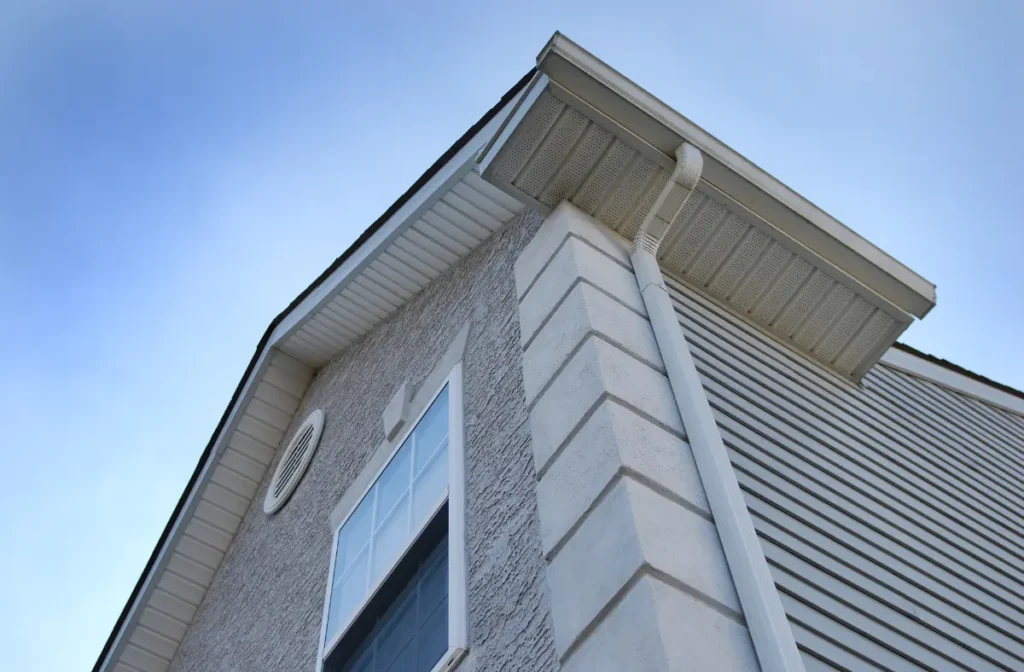
Pest Damage
Pests can wreak havoc on your siding. Termites, carpenter ants, and other wood-boring insects can cause significant damage to your siding, leading to an unattractive appearance and potential structural issues. These pests are attracted to damp or decaying wood, making your old or damaged siding a perfect target for infestation.
If you have significant pest damage to your siding, you may want to consider replacing it.
Choosing the Right Siding for Your Home
When it comes to replacing siding on your house, you have a lot of options to choose from.
- Fiber cement: Fiber cement siding, like that made by James Hardie, is one of, if not the best type of siding to put on your house. It is relatively low maintenance, durable, and can withstand extreme weather conditions.
- Vinyl: Vinyl siding is another popular choice due to its affordability and wide range of colors and styles. However, it may not be as durable as other types of siding and can become damaged in severe weather conditions.
- Wood: Wood siding gives homes a classic, natural look but requires more maintenance than other options. It is also susceptible to pests and rot if not properly maintained.
- Metal siding (aluminum/steel): Metal siding is a durable and low-maintenance option that can withstand harsh weather conditions. However, it is prone to dents and dings and may not be as visually appealing as other options.
Before you choose the siding for your house, you need to consider a number of important factors.
Appearance and Home Style
Two of the most obvious factors when choosing to replace siding on your house are how the siding looks and the appearance of your home. For example, modern homes may have clean and sleek lines that would look best with fiber cement siding, while traditional homes may benefit from the warm and natural appearance of wood siding.
Additionally, the color and texture of your new siding should complement the rest of your home’s exterior.
Durability and Lifespan
You also need to take into account durability and lifespan when choosing a siding. Some materials, like vinyl, may have a lower upfront cost but may not last as long as other options. On the other hand, materials like fiber cement can last for several decades with proper maintenance.
Maintenance and Upkeep
Another important factor to consider is the maintenance and upkeep required for different types of siding. Wood siding, for example, needs to be painted or stained regularly to protect it from rot and damage.
Fiber cement siding, however, only requires occasional cleaning with a power washer. This can save you time and money in the long run.
Cost
Cost is often a major consideration when choosing siding for your home. Fiber cement siding may be a little more expensive up front, but it can save you money in the long run due to its durability and low maintenance needs. On the other hand, vinyl siding is known for being one of the most affordable options on the market, but it has a shorter life span.
How Much Does Siding Replacement Cost?
The cost to replace exterior siding on your house varies based on a number of different factors. It depends on:
- Size and layout of your home
- Type of siding
- Labor
- Removal and disposal of old siding
- Repairs to underlying structures
- Repairs to underlying structures
In terms of the siding itself, here’s what you can expect for prices:
(Note: These are just estimates, and the actual cost can vary. We recommend that you contact us so we can give you an accurate price for replacing the siding on your house.)
- Fiber cement: $6 – 12 per square foot
- Vinyl: $4 – $8 per square foot
- Wood: $8 – $14 per square foot
- Metal: $4 – $16 per square foot
- Brick veneer: $3 – $10 per square foot
- Stone veneer: $5 – $11 per square foot
Working With a Siding Contractor
If you need to replace the siding on your home, we recommend working with an experienced siding contractor like M&M Roofing, Siding, and Windows. With over 40 years of experience and more than 1,000 positive reviews, you can be sure that you’re in good hands with us.
Here’s what you can expect to happen:
Initial Consultation and Inspection
The siding replacement process starts with an initial inspection and consultation. We’ll send one of our siding experts to your home to perform a detailed inspection of your siding. They’ll look for signs of damage, as well as any potential problems with your siding. Once they’ve finished the inspection, they’ll provide you with a detailed report of their findings.
Depending on the results of the inspection, the siding expert may recommend repairs or a total replacement. In either case, they’ll give you a quote based on the type of siding you select.
Scheduling the Project
Once you’ve finalized your siding choice, you’ll work with the siding expert to schedule the project. The good news is that you’ll work with the same siding expert throughout the entire project. This ensures consistency and clear communication throughout the process.
The siding expert will provide you with an estimated timeline for the project, including start and end dates. They’ll also discuss any potential disruptions to your daily routine during the installation process.
Installing The Siding
At the beginning of the siding installation, the materials will be delivered to your home. The siding team will remove any old siding and do a thorough inspection of your home’s exterior. They’ll look for damaged sheathing, rot, mold, or pest damage. If any repairs are needed, they will be completed before the new siding goes up.
Next, the siding team will install moisture barriers or insulation board to protect your home and make it more energy efficient. Then they’ll begin the process of putting on the new siding. Once they’ve finished installing the trim, fascia, soffits, and flashing, the team will begin the cleanup process and final inspection.
You’ll be given the opportunity to look at the final results and make sure you’re satisfied with the results.
Not sure which type of siding is right for you? Contact us today for a FREE consultation!
Warranty and Long-Term Protection
The good news is that you will receive a warranty on the siding. The duration and coverage of the warranty will vary depending on the product. For example, James Hardie siding comes with a 30-year substrate warranty that covers the siding itself and a 15-year Color Plus warranty that covers the finish on the siding from peeling, cracking, and chipping.
M&M Roofing, Siding, and Windows also offers a 100% satisfaction guarantee. We take pride in our craftsmanship, and if you’re not satisfied with the results, we will make things right. That’s our promise.
Next Steps
Replacing the siding on your home is one of the smartest investments you can make. Not only does it protect your home from the elements, but it also boosts curb appeal, increases energy efficiency, and enhances overall home value.
While the process might seem overwhelming at first, working with an experienced, professional siding contractor makes it smooth, efficient, and stress-free.
If you’re ready to give your home a fresh new look and the protection it deserves, the next step is simple: contact us today for a free consultation and quote.
We’ll walk you through the entire process, step by step.
M&M Roofing, Siding, and Windows has been serving Texas homeowners for over 40 years. Call us or complete the request form to schedule a FREE inspection and consultation.

